9 Bedroom Design Mistakes You’re Making (And How to Fix Them for Better Sleep)
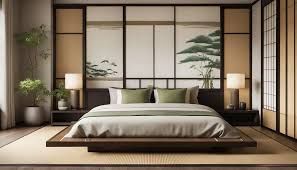
Growing up in Hawaii, Feng Shui was an integral part of my life. My childhood bedroom had a Japanese-inspired design, complete with shoji doors that exuded simplicity and balance. Those early lessons taught me how our environment can shape our energy and well-being. Drawing from those experiences, I’ve compiled tips to help you create a harmonious bedroom that supports restful sleep and positive energy. After all, I think most of us just want a good nights sleep so we are ready for the next day.
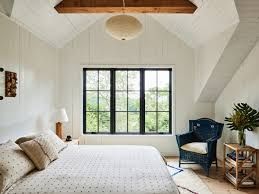
1. Poor Bed Placement: The #1 Sleep Disruptor
Where your bed is placed can affect how restful and secure your sleep feels. One of the first principles I learned was about the commanding position—placing the bed so you can see the door without being directly in its path. This not only promotes a sense of safety, but also ensures a balanced energy flow.
Tips for Better Bed Placement:
- Keep at least 2 feet of space on either side of the bed for easy access.
- Avoid placing your bed under a window to minimize drafts and distractions.
- Ensure your headboard is against a solid wall for stability, both physically and energetically.
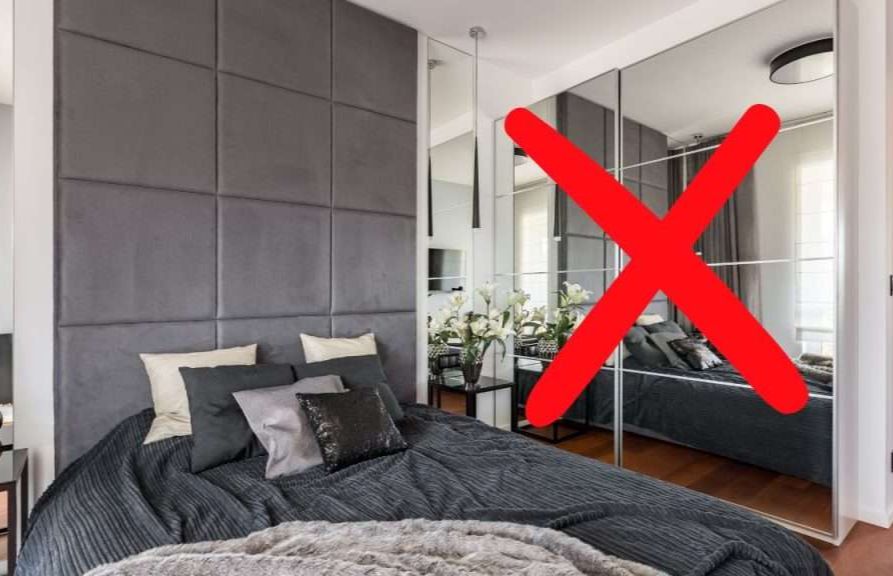
2. Mirrors in the Bedroom: Friend or Foe?
Mirrors can amplify energy, which isn’t always ideal for a restful space. In my childhood home, mirrors were carefully placed to reflect natural beauty, but never in ways that disrupted the flow of energy. If you are wondering if your mirror in your bedrooms is in the right place, try covering the bedroom mirror for a couple nights and notice if your sleep improves. If you sleep soundly with them covered, consider replacing them or moving them to a wall that's not facing your bed.
How to Use Mirrors Strategically:
- Place mirrors to reflect peaceful artwork or calming scenery.
- Avoid mirrors that face the bed or door directly, as they can create unnecessary stimulation.
- If you need a full-length mirror, position it inside a well-organized closet.

3. Lack of Blackout Curtains and Proper Lighting
- Invest in blackout curtains for a darker, more restful environment.
- Use warm lighting (2,700-3,000K) to create a cozy glow.
- Smart lighting systems, like Philips Hue, can mimic natural transitions from day to night.
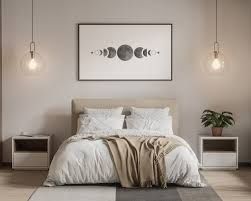
4. Hanging the Wrong Artwork
The artwork in your bedroom should evoke peace and positivity. Growing up with minimalist, Japanese-inspired decor, I learned to choose visuals that promote calm rather than chaos.
Pro Tip:
To create a relaxing atmosphere, choose artwork that promotes peace. Avoid harsh themes or somber figures, and instead, opt for serene landscapes or soft, abstract pieces in muted tones.
A friend of mine, who also grew up in Hawaii, adorned her new bedroom with pictures of local flowers from her childhood garden. These images do more than just add beauty to her space—they bring back the scent and cherished memories of those blossoms, creating a deeply comforting and sensory connection.
Let your artwork inspire calm and joy while making your space truly personal.
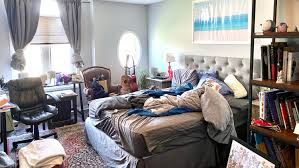
5. Letting Clutter Take Over
I don’t know what it is about clean clothes—they seem to have a mind of their own! One minute they’re folded in the basket, and the next, they’re scattered on the floor, before I even have a chance to blink. Does that happen to you too?
I’ve found that keeping my room organized—starting with a made bed and clothes neatly put away—makes a huge difference. Every time I walk into a tidy space, I feel a little less stress, like a small weight has been lifted. It’s amazing how a simple habit like this can create a sense of calm.
Our environment plays a big role in our well-being. When your bedroom is clutter-free, it’s not just easier on the eyes; it improves the room's energy and helps you feel more at peace. So, maybe those rebellious clothes deserve a little extra attention—they might just hold the secret to a more relaxing space.
Decluttering Hacks:
- Store only neutral items, like linens or seasonal clothing, under the bed.
- Regularly purge items you no longer use or love.
- Incorporate functional storage to keep surfaces clear.
6. Keep your colors neutral
In Hawaiian culture, vibrant colors are a hallmark of our islands and home decor. However, when it comes to the bedroom, we lean into nature-inspired tones to create a tranquil retreat. Soft earth tones, muted blues, greens, the gentle shades of the ocean and sky help foster relaxation.
Even luxury hotels use muted colors like browns, grays, and creams to promote calm and comfort—an approach you can easily adopt in your own space.
Color Palette Tips:
- Stick to soft blues, greens, or warm neutrals.
- Avoid bold, vibrant colors that may overstimulate the mind.
A serene color palette can transform your bedroom into a peaceful haven for rest and rejuvenation.

7. Too Much Technology
Okay, I’ll admit it—until recently, my nightly ritual included scrolling through Facebook or Instagram right before bed. Yes, I know screens emit blue light and mess with sleep cycles, and yes, I’ve read all about how a tech-free zone is vital for better rest. But somehow, my phone and I are still in a complicated, pre-sleep relationship.
If you’ve already banished your devices from the bedroom, I’m genuinely thrilled for you (and only a little jealous). I even spoke to a sleep specialist, and he confirmed what we all know deep down: ditching the phone and TV from your bedroom will work wonders for your sleep.
Maybe 2025 will be the year I finally kick my phone out of bed. For now, I’m just aiming to keep it on silent—baby steps, right?
Tech-Free Bedroom Tips:
- Keep electronics, like TVs and laptops, out of sight.
- Unplug devices at least an hour before bedtime to wind down naturally.
- If you work in your bedroom, create clear boundaries between work and rest areas.
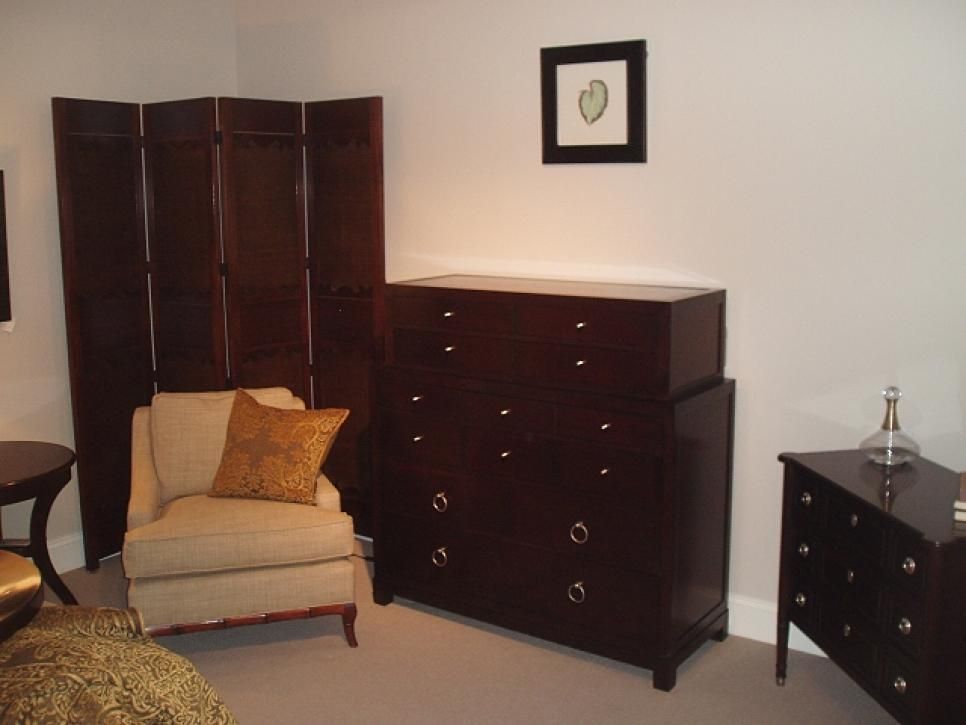
8. Unbalanced Furniture Layout
In my Japanese-inspired bedroom, balance was everything. Symmetry and harmony in the furniture layout not only create a calming atmosphere but also prevent you from turning your room into an unintentional obstacle course. Even if your bedroom isn’t spacious, there are ways to make it feel open and peaceful.
Quick Fixes for a Balanced Bedroom:
- Add matching nightstands or lamps for a sense of symmetry—it’s a small detail that makes a big impact.
- Mix textures: Pair a plush rug and cozy bedding with sleek, minimalist furniture to keep the space visually interesting without feeling cluttered.
No matter your room's size, these small adjustments can create a sense of calm and flow that makes your bedroom a place of true relaxation. And hey, fewer bruised shins are always a bonus!
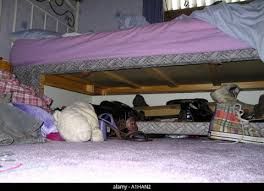
9. Storing the Wrong Items Under the Bed
Stashing souvenirs, photos, or out-of-season clothes under your bed might seem practical, but Feng Shui suggests otherwise. These emotionally charged items can disrupt the energy flow, symbolizing the past and leaving you feeling stuck.
Keep it simple: only neutral items like extra bedding went under the bed. Whether it was good Feng Shui or just avoiding horror-movie vibes, the rule was clear—keep it clutter-free.
Safe Under-Bed Storage Tips:
- Stick to linens or seasonal clothing.
- Avoid memorabilia or emotional items that could weigh down your space.
A little decluttering can go a long way in creating a more peaceful, restful bedroom!
Transform Your Bedroom for Restful Nights
The principles of Feng Shui taught me that our spaces have a profound impact on our well-being. By addressing these common bedroom mistakes and incorporating these tips, you can create a sanctuary that supports relaxation and rejuvenation.
Have you tried any of these tips? Share your thoughts or tag someone who needs to read this! 🌙 #BetterSleep #BedroomDesign #FengShuiTips #DeclutterYourSpace
💡 Curious about more homeownership tips? Follow us at Rethinking Real Estate for insights and advice that keeps you informed! We have more blog posts at
or go to our youtube channel at
Categories
- All Blogs (104)
- Inheritance & Estate Planning (4)
- Auburn real estate (12)
- Bonney Lake Housing Market (4)
- Bonney Lake real estate (12)
- Buyer & Seller Advice (13)
- closing a home sale in Washington (7)
- common mistakes that delay real estate closings (3)
- contingent offer pros and cons Pierce County (1)
- Contingent Offers Explained (1)
- Downsizing & Retirement Living (3)
- Home Buying Advice (3)
- home closing tips Lake Tapps (6)
- home sale contingency Lake Tapps (2)
- Home Selling Advice (15)
- Home Selling Strategies (15)
- how escrow works when buying a house (2)
- how to protect your funds during a home purchase (1)
- Lake Tapps Real Estate (13)
- leaving home to kids (2)
- Pierce County Real Estate (14)
- Pierce County Real Estate Tips (12)
- Real Estate Closing Process (4)
- Real Estate Market Trends (9)
- real estate professionals in Western Washington (7)
- Real Estate Tips (14)
- real estate wire fraud prevention (1)
- senior living (3)
Recent Posts











If you haven't subscribed to our newsletter, you're missing out on great stories like the one above that could be coming right to your inbox every few weeks.
Please use the form to request a subscription.

